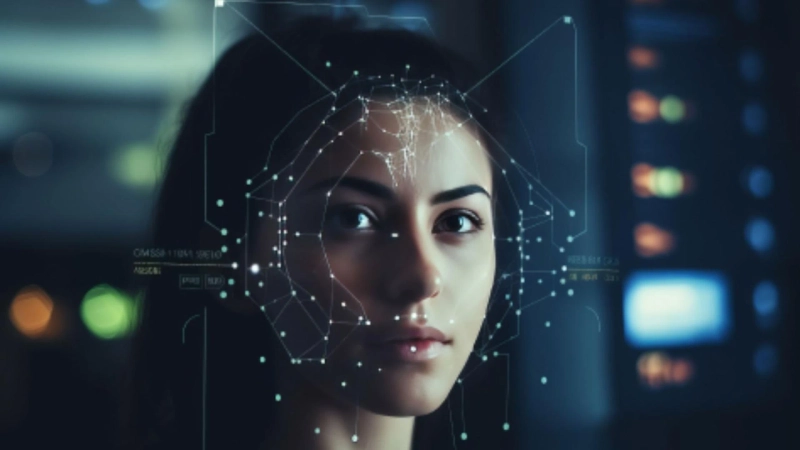It’s a digital world. We do almost everything online now. Getting a new bank account or signing up for a crypto exchange takes minutes, not days. This speed is great for customers. They expect things to be quick, easy, and painless. Companies want this, too. A fast onboarding process means more sign-ups and happier clients. The tool making this speed possible is often biometrics. Using a face scan or a fingerprint makes identity verification nearly instant.
But there is a flip side to this speed. Security matters immensely. In fact, it is the most important part of the process. Bad actors and sophisticated criminals are always looking for ways around the system. They try to use fake IDs or digital deepfakes to trick a business. So, businesses face a tough situation. They must protect everyone from fraud while keeping the user experience smooth. Getting this balance right is key to success in the modern financial services space. It calls for smart design and better technology. The goal is to make security invisible to the good user, letting them move quickly without hassle. It needs strong security that feels light and effortless. Finding this perfect spot is the great puzzle of digital Know your customer software with biometric verification.
The Tightrope Walk: Keeping the Good Users Happy
Friction is the enemy of a good customer journey. Think about signing up for a service. If the process asks for too many documents, or if the camera quality checks fail five times, people get annoyed. They simply give up. This drop-off rate costs a business money. It wastes marketing spend. It also means losing a potential long-term customer.
Biometric verification was supposed to end all that hassle. It replaces typing passwords and uploading documents with a simple look at your phone’s camera. This convenience is what customers value most. A two-second face scan beats a twenty-minute form every time. We all want the system to just work.
Smart Design, Not Just Strong Locks
Achieving this low-friction security needs more than just powerful tech. It needs good design. The software should guide the user easily. Instructions must be clear. The process should feel natural. For example, systems should allow for poor lighting or slightly shaky hands. If the security is so strict it locks out a real customer using an older phone, it is failing. The best systems adjust their checks based on the situation.
A person logging in from a new device might need a quick biometric check. A person logging in from their usual device might only need a simple passcode. This approach is called adaptive security. It means the system is smart enough to know when to ask for more proof. It steps up the security for higher-risk situations. This keeps the everyday process fast. It only asks for extra steps when the risk is truly high. This is how you make security feel less annoying and more like a helpful assistant. It shows that strong protection does not have to mean a bad experience.
Stopping Fakes With New Tech
The rise of biometrics brought in new types of fraud. Criminals try to use photos, videos, or even hyper-realistic digital masks to fool the verification system. This is where liveness detection becomes essential. It’s the digital bouncer at the door, making sure the face on the screen is a real, live person.
The Power of Liveness Detection
Liveness detection is not a single tool. It’s a group of powerful techniques. The software looks for subtle signs of life. It checks for tiny head movements, breathing, and the reflection of light in the eyes. More advanced tools use 3D mapping to sense depth, making it impossible to fool the system with a flat picture or a video playback. Without strong liveness checks, biometrics become useless against modern fraud. It would be like having a strong lock that a simple picture of the key can open.
Conclusion: Making Security a Silent Partner
The goal is not a compromise. It is not about trading a little security for a little speed. The goal is to have maximum security that offers a maximum customer experience. This requires cutting-edge software that works silently in the background, only stepping forward when a real risk appears. The key to this success is adopting intelligent systems that manage both compliance and identity checks seamlessly.
The company Global RADAR focuses on these very challenges. The firm provides software solutions specializing in compliance, risk management, and regulatory technology solutions. Their platform helps businesses keep up with global rules while making sure their identity verification processes are efficient. Global RADAR's tools are designed to streamline complex Anti-Money Laundering (AML) and Know Your Customer (KYC) tasks. They use smart analytics and machine learning to cut down on false alarms, making the verification process faster for legitimate users. This focus allows client companies to improve customer satisfaction without ever sacrificing the integrity of their security protocols. Global RADAR helps transform the compliance function from a manual cost center into an automatic, secure, and customer-friendly part of the business model.


